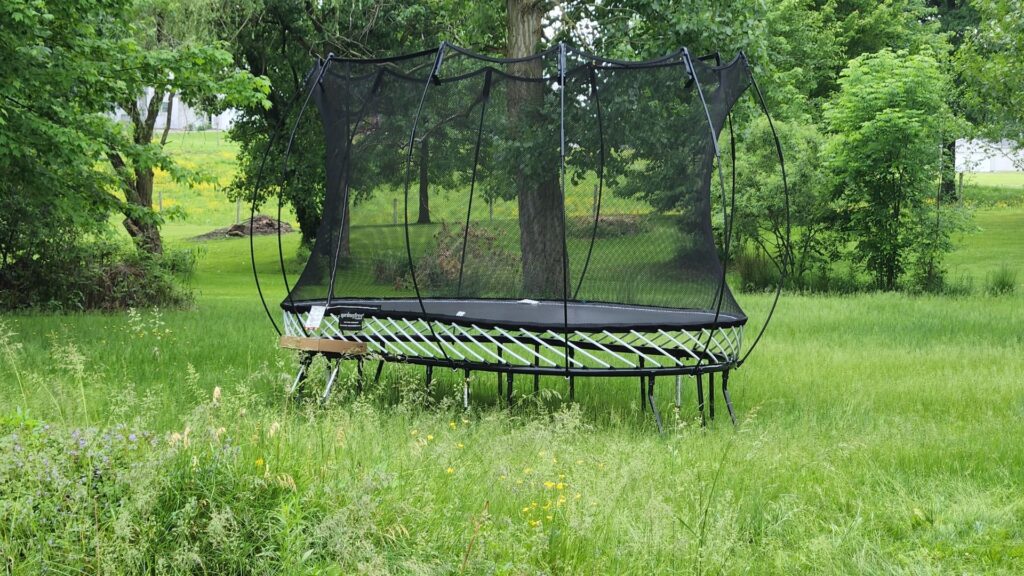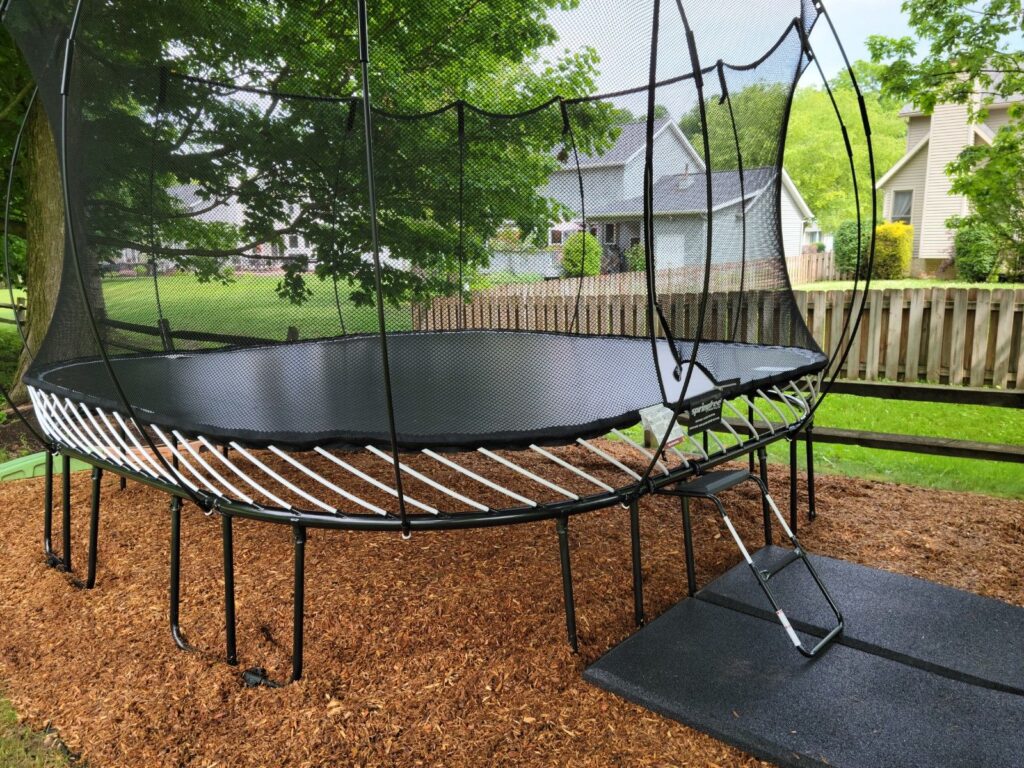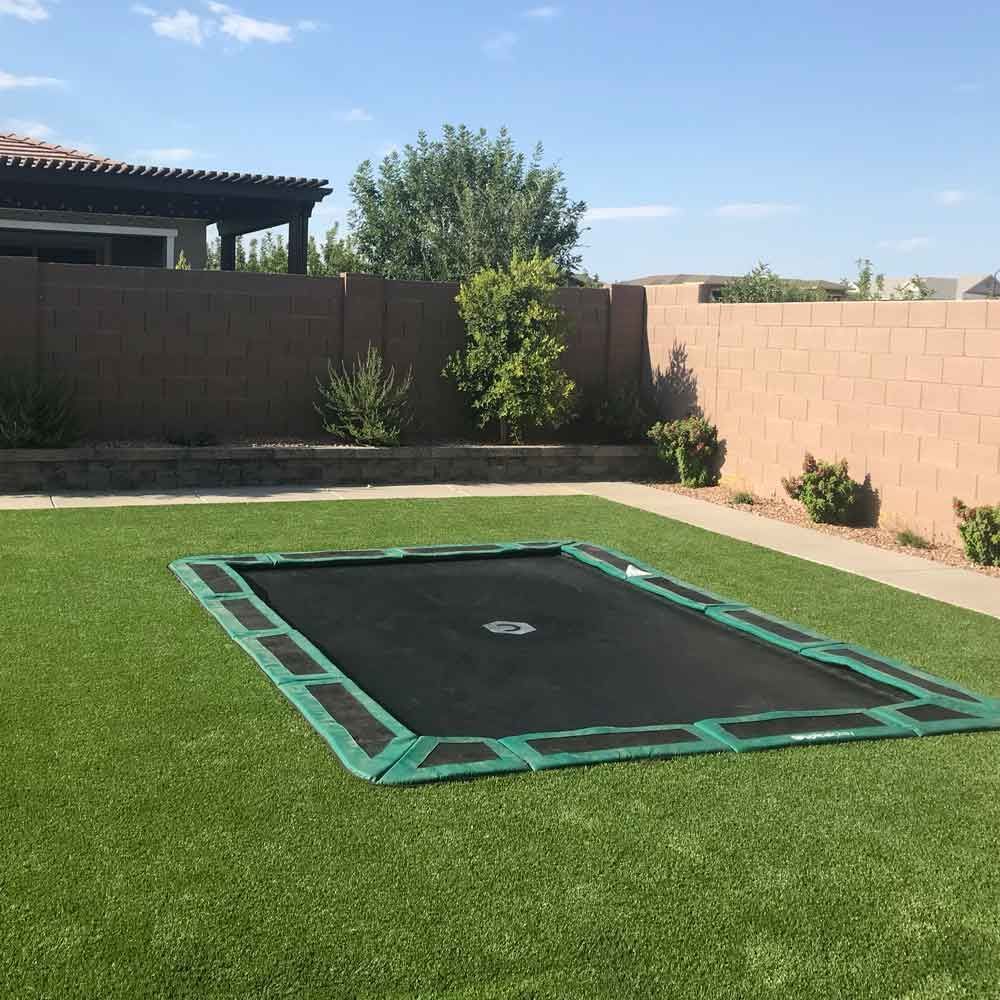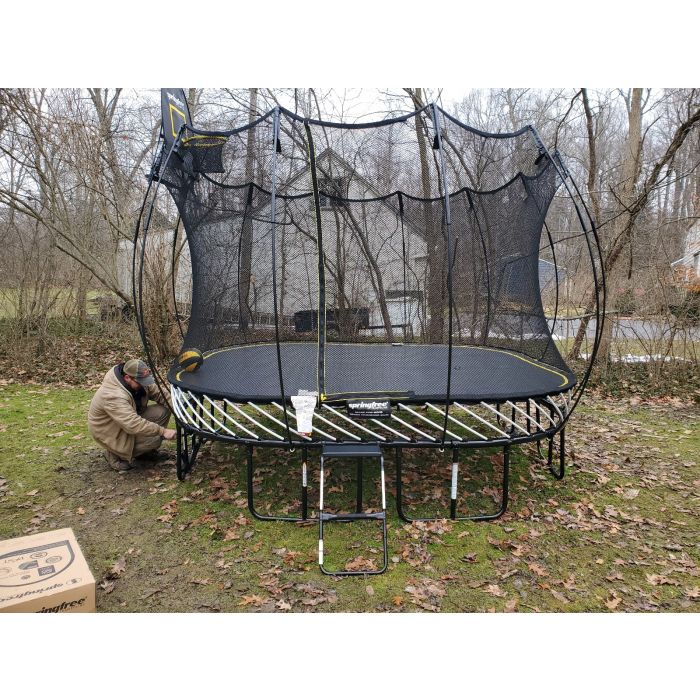When Were Trampolines Invented
Trampolines sit at the crossroads of play, sport, and training. Families love them for backyard fun, while athletes use them to master aerial control. Still, one question keeps coming up: when were trampolines invented? The answer starts in the 1930s, yet the story stretches much further. It weaves through Indigenous traditions, circus craft, military training, and modern Olympic competition. Most importantly, it shows how a simple idea became a global pastime.

Early Inspirations that Set the Stage
Long before the modern frame-and-mat design, people found ways to launch one another into the air. In Alaska and parts of Siberia, communities practiced blanket tossing during festivals. Participants stretched animal hides taut and sent a willing jumper skyward. The act celebrated community and agility. Centuries later, circus performers added their own twist. They used tightly rigged safety nets for bounce tricks between acts. Those nets protected acrobats, of course, yet they also proved that a springy surface could enable flight, flips, and showmanship. Collectively, these practices formed the cultural and technical prelude to the trampoline.
The 1930s: From Idea to Invention
So, when were trampolines invented in the modern sense? In 1934, University of Iowa gymnasts George Nissen and Larry Griswold built a device that finally fit the bill. They stretched canvas across a steel frame and attached it with elastic elements to create true rebound. Nissen had watched trapeze artists rebound from safety nets and believed he could craft a more controllable platform. Together, he and Griswold refined the prototype until it supported training, recreation, and performance.
A few years later, they formalized the design. In 1942, the pair patented their trampoline and began production under the Griswold‑Nissen Trampoline & Tumbling Company. The very name “trampoline” drew from the Spanish word trampolín, meaning springboard. From that point on, the device had an identity, a manufacturer, and a future.

Training, Education, and a New Kind of Skill
Almost immediately, coaches and educators recognized the trampoline’s value. During World War II, the U.S. Navy Flight School used trampolines to sharpen spatial orientation. Trainees bounced, rotated, and learned to track their bodies through space. As a result, pilots gained poise and control that carried into the cockpit. After the war, schools and gyms adopted the device for safer practice of flips and twists. The discipline matured, and governing bodies took notice. In time, the International Gymnastics Federation (FIG) codified trampoline gymnastics as an official sport, which pushed skills and standards even higher.
Competition Grows—and Then Goes Global
By the late 1950s, organized competitions spread across North America and Europe. Athletes performed routines that demanded timing, power, and precise air sense. In 1964, London hosted the first Trampoline World Championships, a milestone that turned niche practice into a true international sport. Over the next decades, routines became more complex and judging more rigorous. Eventually, the IOC took a decisive step. In 2000, trampolining made its Olympic debut in Sydney. Since then, the Games have showcased individual and synchronized events, along with aerial sequences that test the limits of human control.

Backyard Boom and Design Evolution
As manufacturing improved, prices fell, and families brought trampolines home. The 1980s and 1990s saw round frames, thicker pads, and—crucially—safety enclosures. These updates reduced common risks like falls from the mat or collisions with the frame. Even so, engineers kept pushing. Today, many models use spring covers, reinforced frames, and—on some designs—springless systems that place flexible rods below the jumping surface. Those choices aim to lower injury risk without dulling the bounce.
Because safety expectations rose alongside popularity, public guidance followed. The Consumer Product Safety Commission (CPSC) publishes recommendations on setup, supervision, and maintenance. Families who follow those steps enjoy a clearer path to safer play.
Fitness, Therapy, and Culture
Trampolines didn’t stop at sport or backyard fun. Fitness instructors embraced “rebound” exercise because it trains cardio with less joint impact. Therapists used controlled bouncing to rebuild balance and coordination after injury. Meanwhile, trampolines jumped into popular culture. You can spot them in ads, movies, and viral clips. Indoor trampoline parks expanded the idea further with wall‑to‑wall courts and foam pits. Those venues carry their own rules and risks, of course, but they also show how deeply the device has entered modern leisure.

Answering the Core Question—Clearly
If you ask when were trampolines invented, the modern answer is the 1930s. Nissen and Griswold built the first true trampoline in 1934 and patented it in 1942. However, the deeper story begins with Indigenous blanket tossing and circus nets, then runs through wartime training, school gyms, world championships, and finally the Olympic stage. Each chapter added purpose, standards, and reach.
Choosing a Trampoline Today—With Confidence
History helps, yet practical choices matter most in the backyard. You want solid engineering, strong materials, and features that protect jumpers. Therefore, look for a sturdy frame, reliable enclosure, quality mat stitching, and impact‑reducing padding. In addition, consider placement, anchoring, and clear family rules. When those details line up, you set the stage for safe, lasting fun.
At Kids World Play Systems, we curate trampolines for durability, stability, and year‑round enjoyment. Our team listens to your space and your goals, then recommends a model that fits both. If you want guidance on setup or maintenance, we’ll walk you through that as well. Explore our current selection and see how modern design turns a historic idea into dependable play at home: Kids World Play Systems – Trampolines.

The Legacy That Keeps Bouncing
So, when were trampolines invented? In 1934, by two college gymnasts who believed training could feel like flying. Since then, the trampoline has connected celebration, sport, fitness, and family time. It rewards curiosity and practice. It builds balance and confidence. Most of all, it brings people together—on the lawn, in the gym, and on the world’s biggest stages.
